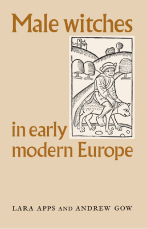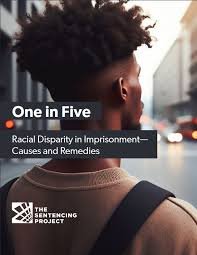By Sally C. Curtin, Betzaida Tejada-Vera, and Brigham A. Bastian
Objectives—This report presents final 2020 data on the 10 leading causes of death in the United States by age, race and Hispanic origin, and sex. Leading causes of infant, neonatal, and post-neonatal death are also presented. This report supplements “Deaths: Final Data for 2020,” the National Center for Health Statistics’ annual report of final mortality statistics. Methods—Data in this report are based on information from all death certificates filed in the 50 states and the District of Columbia in 2020. Causes of death classified by the International Classification of Diseases, 10th Revision (ICD–10) are ranked according to the number of deaths. Cause-of-death statistics are based on the underlying cause of death. Race and Hispanic-origin data are based on the Office of Management and Budget’s 1997 standards for reporting race and Hispanic origin. Results—In 2020, many of the 10 leading causes of death changed rank order due to the emergence of COVID-19 as a leading cause of death in the United States. The 10 leading causes of death in 2020 were, in rank order: Diseases of heart; Malignant neoplasms; COVID-19; Accidents (unintentional injuries); Cerebrovascular diseases; Chronic lower respiratory diseases; Alzheimer disease; Diabetes mellitus; Influenza and pneumonia; and Nephritis, nephrotic syndrome and nephrosis. They accounted for 74.1% of all deaths occurring in the United States. Differences in the rankings are evident by age, race and Hispanic origin, and sex. Leading causes of infant death for 2020 were, in rank order: Congenital malformations, deformations and chromosomal abnormalities; Disorders related to short gestation and low birth weight, not elsewhere classified; Sudden infant death syndrome; Accidents (unintentional injuries); Newborn affected by maternal complications of pregnancy; Newborn affected by complications of placenta, cord and membranes; Bacterial sepsis of newborn; Respiratory distress of newborn; Diseases of the circulatory system; and Neonatal hemorrhage.
Hyattsville, MD: National Vital Statistics Reports; Centers for Disease Control and Prevention. 2023, 115pg





















